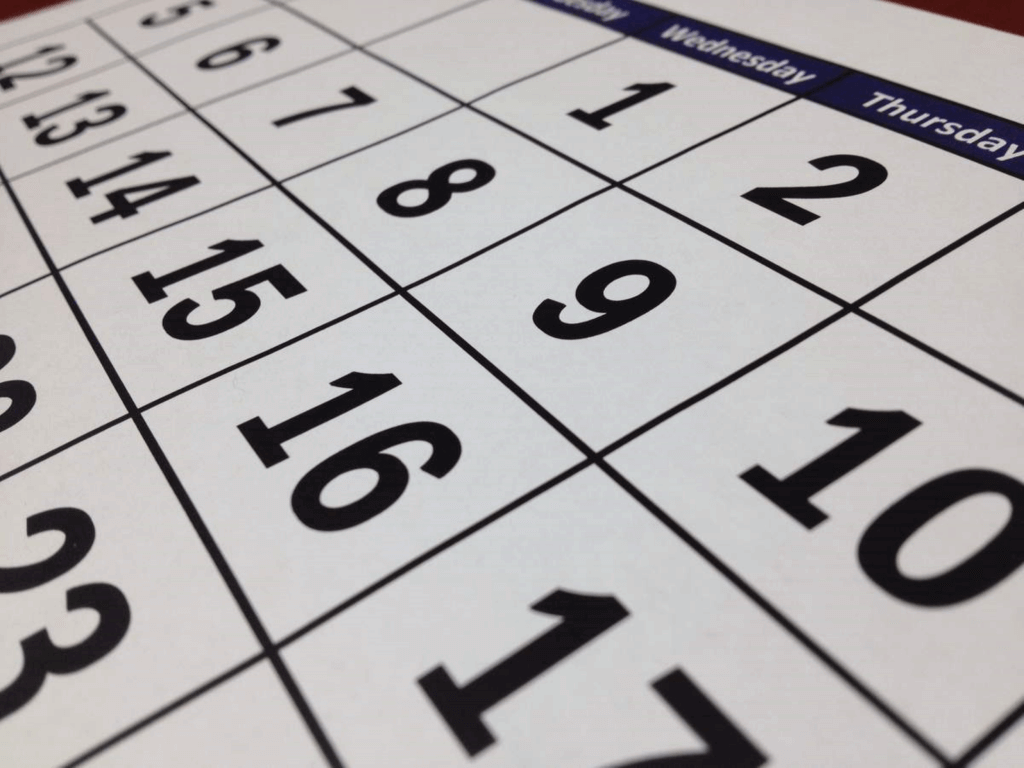Burns Supper
(Also known as Burns Night, Rabbie Burns Day, Robbie Burns Day, Robert Burns Day)
Burns Supper is observed next on Sunday, January 25th, 2026 (17 days from today).

Burns Supper is celebrated annually around January 25. It celebrates the life of poet Robert Burns, who was born on January 25, 1759. The day also celebrates Burns' contribution to the Scottish culture.
History of Burns Supper
Robert Burns was born on January 25, 1759 and died on July 21, 1796 in Scotland. He was a bard and wrote many poems, lyrics and other works mentioned to political and civil matters. Perhaps his best known piece is "Auld Lang Syne", sung during New Year's Eve celebrations in Scotland, parts of the UK and other parts of the world. Burns is one of Scotland's important cultural icons and is known to many expats or Scottish descendants around the world. His other names including "Rabbie Burns"; "Bard of Ayrshire"; "Scott's favorite son"; and in Scotland "The Bard".
Friends of Robert Burns hosted Burns' first dinner on 21 July to commemorate the anniversary of his death, in Ayrshire, Scotland, in the late 1700s. The date was later changed to 25. January, marking his birthday.
Arguably, the first Burns dinner was held at Alloway, the poet's birthplace, in July 1801, when nine guests sat down for a meal of haggis and sheep's head. The idea of remembering the guardian in this way was the brainchild of John Ballantine, a former mayor of the town of Ayr, but it was the Reverend. Hamilton Paul - a rabbi and later author of The Poems and Songs of Robert Burns (1819) - organized this most memorable evening that will leave a lasting legacy.
Sociability and sensibility combine to promote a celebratory practice appropriate to Scotland now familiar with enlightened values and polite tastes, yet alive with rustic, proletarian elements and the generosity of peasant culture. Scotland has changed during these years - evolving from a country of countryside and agriculture to one where rapid urbanization, trade and manufacturing heralded the beginning of the era. Victoria.
It is therefore fitting that two of the first Burn Clubs will appear in small Scottish towns: in Greenock (where the Burn Party was held in 1802), and in Paisley - a town with a Club Department of Burns since 1805. In such communities, with strong civic traditions, the Burns Club has voiced a lingering sense of local pride and public duty. This is fertile ground for the development of fraternal associations, in which values of self-worth and compassion can unify urban workers with their rising itinerant neighbors. he. In an age of increasingly commercialism, and when the encroachment of 'British' tastes threatened to erode much of what remained of the distinctive Scottish cultural practice, the Burns clubs, with their dinners their annual, offered a way to reassert Scotland's identity.
What Do People Do?
Many people and organizations host Burn's dinners on or around Burns Night. This can be informal or formal, men only, women only, or both genders. Official events include toasts and readings of works written by Robert Burns. Burns Night dinner ceremonies vary by event team and location.
The evening focuses on the entrance of haggis (a type of sausage made in sheep's stomach) on a large plate with the sound of a bagpipe player. When the haggis is on the table, the host will say "Address to a Haggis". This is a tribute that Robert Burns wrote to Scottish food. At the end of the reading, the haggis is ritually cut into two pieces and the meal begins.
Observed
Burns Supper has been observed on July 21st (1801) | on January 29th (1802) | annually on January 25th.Dates
Thursday, January 25th, 2024
Saturday, January 25th, 2025
Sunday, January 25th, 2026
Monday, January 25th, 2027
Tuesday, January 25th, 2028


